How to Expand Your Online Shop with Omnichannel Marketing
Omnichannel marketing (also known as cross-channel marketing) is focused on delivering a consistent, branded personal user experience across different channels, such as the store experience for those with brick and mortar locations.
Utilizing an omnichannel advertising method, your company will be able to place ads on the shelves of customers for merchandise that is relevant to the interests of their customers and past purchases and shorten business to business sales processes. Connecting prospective customers to the right products and offers increases the likelihood of conversions and improves the effectiveness of the advertising budget.
How is omnichannel marketing different from multichannel marketing?
You're probably already using multiple channels to promote your business. If you're still relying on one channel, your first task is to start using multiple channels.
Multichannel marketing differs from an omnichannel strategy in the manner that the channels collaborate to provide a consistent and seamless customer experience regardless of where someone's in the buyer's journey.
With multichannel marketing, each channel may be functioning independent from the other. It is possible to have a separate marketing division that is dedicated to each channel. You can analyze the ROIs for each separately. Campaigns may be more disconnected campaigns, each having their individual customer journeys. The customer can engage in any of these channels, and receive a treatment as if it's the first time they've interacted with you.
However Omnichannel marketing is the blending and integration of your marketing strategy across different channels, which results in an improved customer experience.
If you have a well-designed omnichannel strategy the customer that begins their journey as a buyer through a PPC ad, but doesn't buy anything after visiting your store online, will be engaged through other channels based the initial interaction, and they will experience a consistent experience.
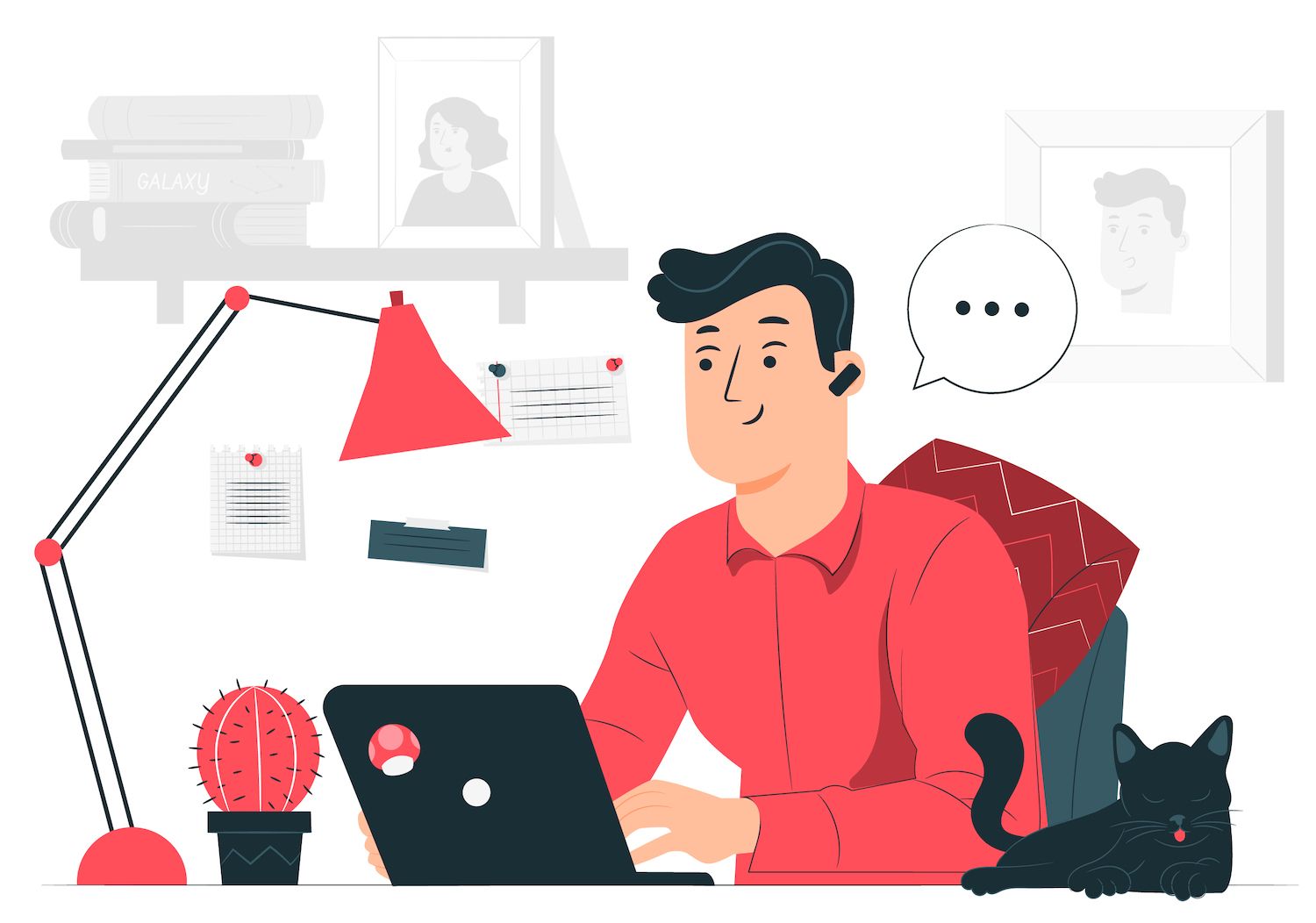
It could be that they see advertisements on social media or display that are relevant to a new buyer, receiving push notifications whenever they come back to your site, targeted advertisements in video, or store specials relevant to customers.
Most of us have experienced instances of marketing that was omnichannel in one way or another.
Suppose you click on the social media advertisement, then sign up for a coupon on the store's website via the pop-up. If you do not buy the product, you might receive an abandoned cart message that includes a coupon or discount, or you might continue to look at ads that advertise the product on other digital channels.
If you decide to make a purchase and make a purchase, you'll likely receive an email that offers suggestions on other products that are similar and receive the latest sales announcements. There may be catalogs or postcards with a message inviting you to make an in-store purchase, if the shop has bricks and mortar stores.
It's an omnichannel experience. It may involve a combination of online and offline marketing and involves multiple touchpoints.
Sound difficult? The good news is that you don't need to shell out a large sum of money or dedicate a whole team to create a lean but effective multichannel marketing plan for your store.
The benefits of omnichannel marketing are for businesses and customers
A multichannel marketing strategy has many advantages over multichannel advertisingto your business as well as for your clients. Here are the main ones:
It's more cost efficient
In the case of businesses, Omnichannel marketing is cost-effective because it's more efficient. Instead of creating separate campaigns for direct mail, social media and PPC, you could create just one and use it on all your online and offline channels.
But more than just another marketing campaign, you'll use adaptive marketing automation, which reacts to how current or potential customers react to your marketing.
Instead of creating new campaigns the omnichannel model seeks at a variety of offers based upon the circumstances.
Imagine two customers that get the same advertisement. One buys and then your marketing automation offers the buyer a special first-time purchase deal, with the intention of making them a returning client.
Another person isn't buying yet, however, their actions indicate that they have a lot of curiosity. You will receive messages from marketing that are designed to make them return and complete purchase.
There is no need to develop the multichannel marketing tools one time after which your automation system will use these tools depending on the place a user is at in their buyer journey. This process isn't easy, but once it's running using an omnichannel plan, it's a huge time saver.
This results in improved customer experience
If a client feels like they are known, and not like an unknown person the tools you use to automate marketing can identify where they are on the buying process. Omnichannel experiences are more relevant and timely, and it aligns with customer expectations.
This helps the client save time, helps them take faster decisions, and helps reduce confusion.

It allows you to offer better customer service
For customers who require help by phone, omnichannel solutions allow your customer service staff to get more information about the person they are dealing with so that they don't have to talk with them just like the rest of us. It allows them to get up speed quicker, without wasting so much time starting from scratch, and have a more relevant and intelligent conversation.
How to create an omnichannel marketing plan
Following is a step-by-step guide to developing an omnichannel marketing plan that won't break your budget.
Integrate one channel at a moment
There's no way of taking on everything in one go and, fortunately, you don't need to. Omnichannel marketing is the process of reaching your customer base with a consistent message in multiple places.
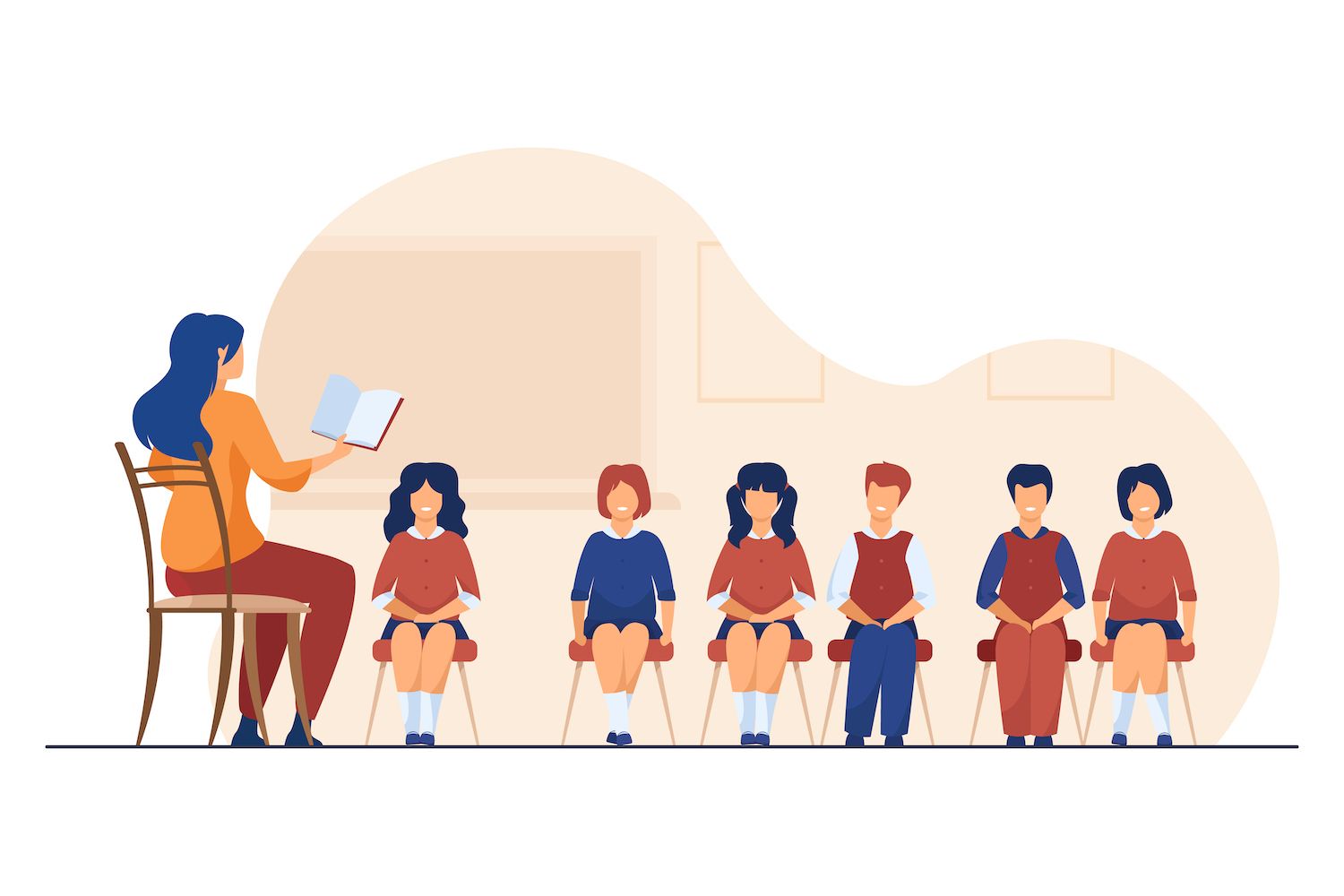
Begin with your most dominant channel, and then identify the primary channel you wish it to integrate with. If you decide to add additional channels, you should acquire the necessary marketing automation tools you need that will help your CRM software (CRM) software communicate with all your offline and online channels which includes a brick and mortar store.
Send your marketing message to the right audience
The ability to target your advertising at the segments that are likely to purchase your goods is a crucial aspect of developing a good Omnichannel Marketing Strategy.
Make sure you are focusing on marketing at every stage of the journey of the customer
The journey of a customer begins the moment a person first encounters your company and concludes with an ongoing relationship with your company. Below are the five stages of the life cycle of a customer and various methods of reaching consumers at each stage with multichannel marketing strategies.
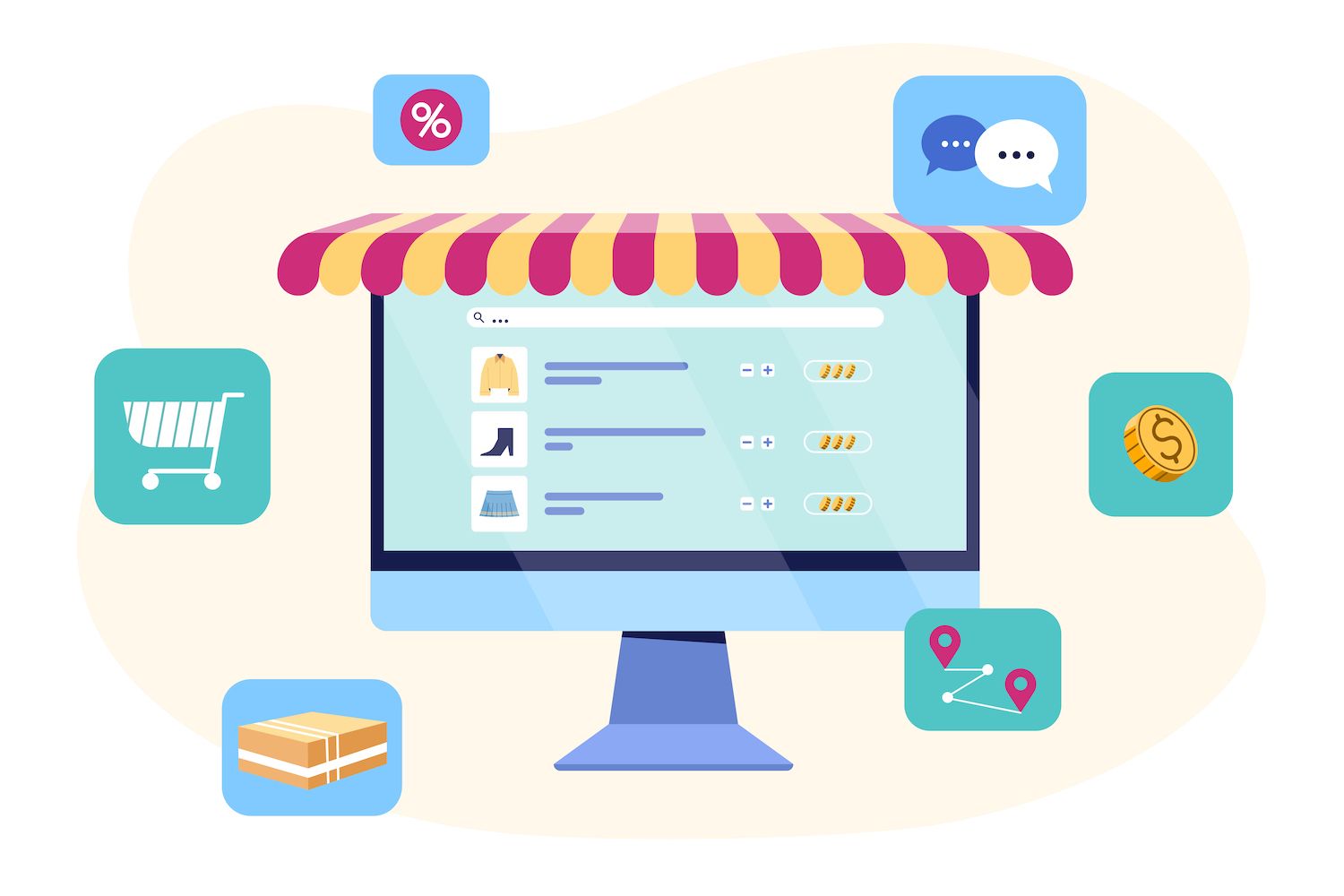
1. Reach
Here, a shopper is looking for a specific product or an answer for a specific issue. It is a good opportunity for you to get the customer aware of your brand. A customer may be comparing the products they are buying, looking at reviews or simply trying to find out more details on whether a particular item is right for them.
2. Acquisition
It happens when a customer visits your website, signs up for your newsletter, chats with your chatbot, reaches the company via phone or email or even visits an offline store. There isn't a single purchase however, they're checking the business's website and collecting additional details.
When you are in the phase of acquisition there is the possibility to collect customer information using it for offering an omnichannel user experience to the various segments of your customers.
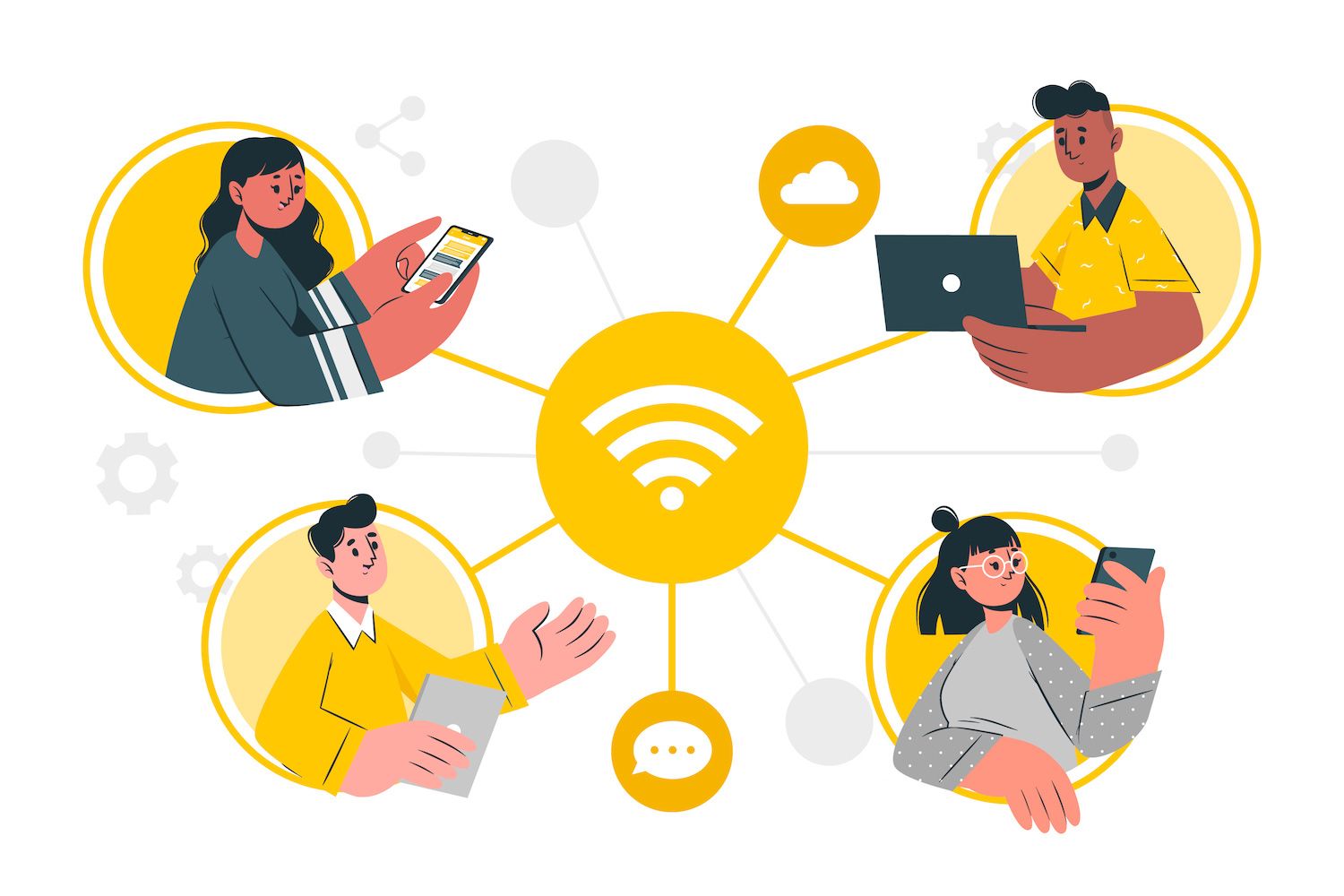
3. Conversion
If someone purchases something on the internet or making an in-store purchase, they've "converted" to becoming your customer. An omnichannel customer experience will ensure that they feel appreciated and acknowledged. This could include emails and push notifications or additional opportunities in stores if you have an actual store.
4. Retention
Retention is not only a way to earn an increase in ROI, but cultivating repeat customers builds brand loyalty -- and the customers you have loyal to will be your biggest supporters through their testimonials and telling their relatives and friends about your services.
As you move through the customer journey it is important to use the growing data on your customers to build on your conversion process. You might market to your clients via email follow-up messages that include other recommendations for products or special discounts relevant to their past purchases, offer them a review or a feedback survey, or offer an incentive program for loyalty, or give excellent customer service.
5. Loyalty
Satisfaction with the customer is what builds loyalty. But you can't just leave it to the side and then forget about it.
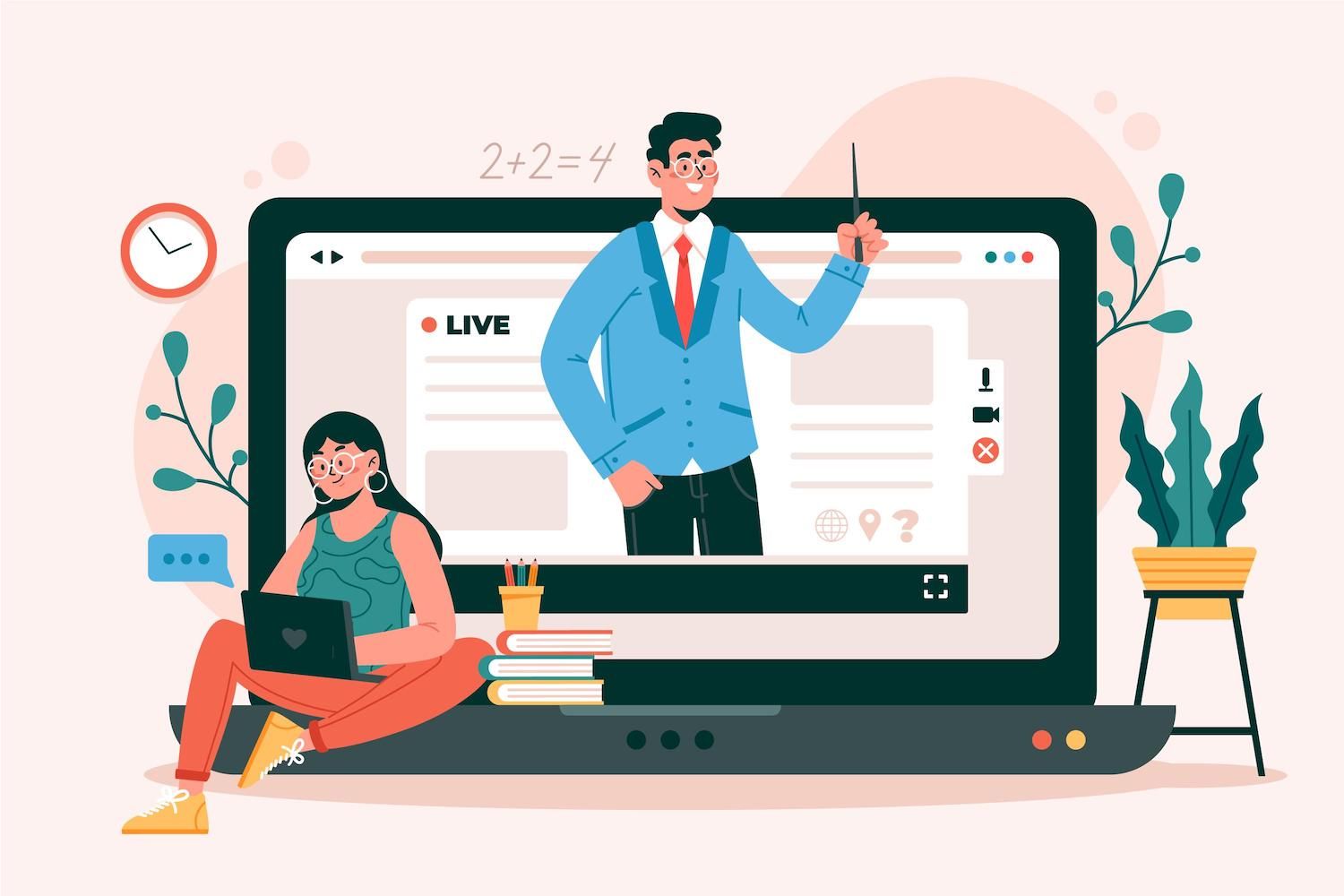
Find out which platforms for advertising will work best for your omnichannel approach
If you're operating on limited funds then you might want to be selective about which marketing channels to concentrate on in the process of creating your omnichannel marketing plan. Start with low-cost marketing methods before moving on to more expensive advertising options as your budget grows.
The aim is to provide numerous touchpoints through various channels, delivering an experience that is consistent for customers.
Low-cost marketing methods include:
Organic search
Then, use the customer information that you gather through Google Analytics and other marketing tools to improve your omnichannel marketing efforts.
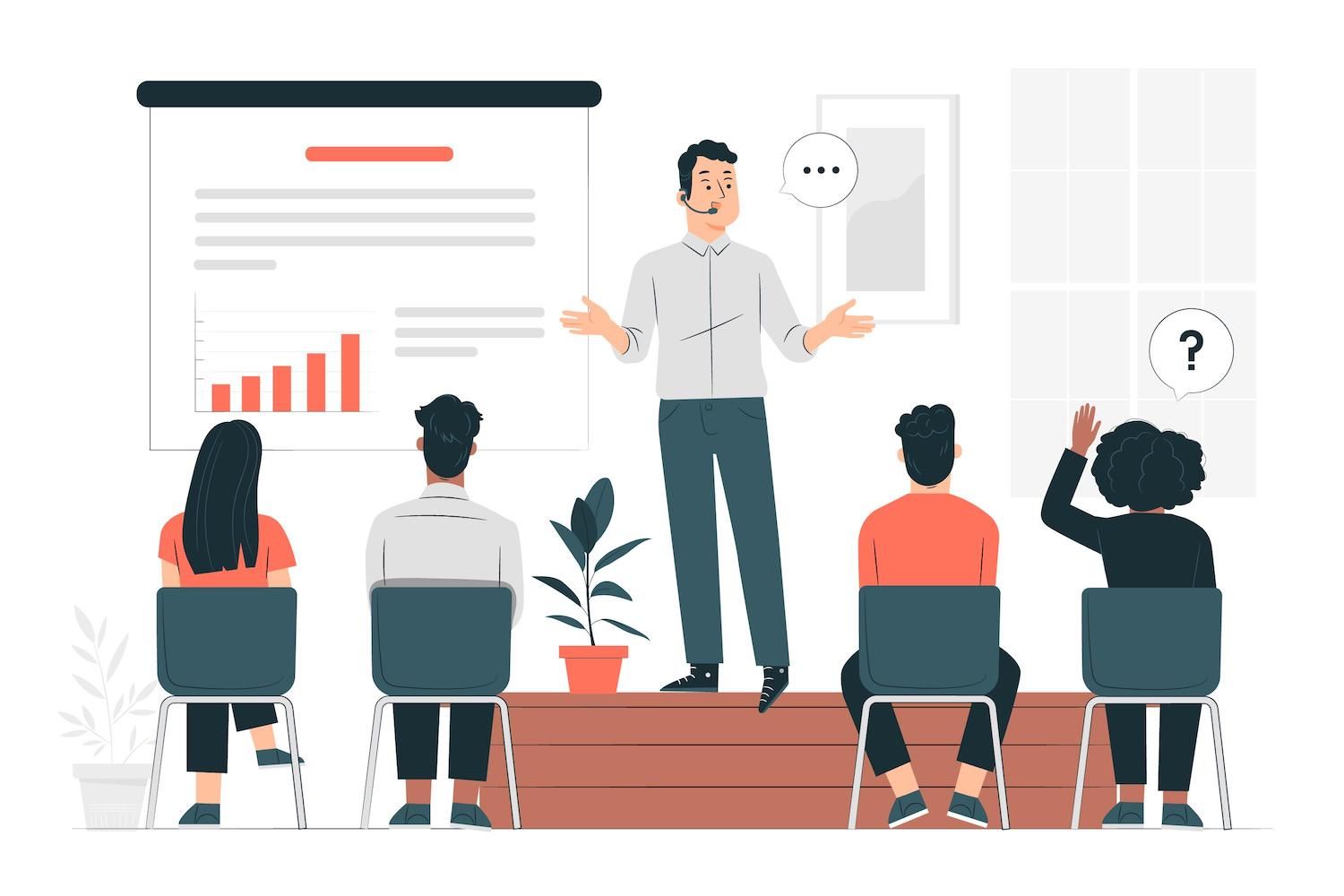
Google Shopping

Email marketing

Utilizing services such as MailPoet which you can use to mail a welcome message for new customers, suggestions for products based on previous purchases, abandoned cart emails to customers who have left items in their cart, sales announcements and more omnichannel marketing strategies.
Rewards program

These customers can then get an omnichannel advertising strategy that is specifically tailored to their needs and even on various devices and other channels. Imagine that a member of rewards seeing a display ad that tells the user the number of points they've earned and offers suggestions on how to utilize the points. This is an example of an experience that is omnichannel.
Customer service
Every interaction with a customer is an opportunity for marketing. Instead of looking at customer service as merely a way to handle questions and complaints, think of it as the chance to develop an army of loyal customers.
With an omnichannel marketing approach the customer service department can see a customer's history of engagement and purchase and also previous interactions with your team. If you utilize the full advantage of this, you can deliver a seamless experience regardless of the channels of customer service they utilize, be it phones, chatbots, SMS, email, or even in-store at brick-and-mortar locations.

Using a Customer Relationship Management (CRM) tool such as Jetpack CRM helps make customer service smooth and simple. Set up your support portal, keep track of the status of tickets and much more, in your shop. There's no need to log into an external CRM system for managing your customers- you can do it all from within your WordPress administration space.
Organic social media
It can be difficult to get organic attention on social media with the many voices that compete However, there are several options to advertising that is free and quite effective. You can:
- Start a Facebook Group for your business
- Be active and engage often on your social media platforms
- Make an AMA post on Reddit by using reddit's "Ask Me Anything" subreddit
Methods for marketing that cost more are:
Paid-for search
If you want to show higher than organic results of search or gain immediate traffic while you improve your SEO, then paid advertisements for search are the best method to take. Make sure that your product's landing page is responsive to mobile devices, loads fast, and reflects the content of the ad's copy.
Remarketing tools and paid search can become an important source of data about your customers data that can be used to implement your omnichannel marketing plan.
Paid Google Shopping

Advertisements on display
Social media advertisements
Engaging with people who are using social media platforms is a great way to get new customers because they can easily share your advertisements with their social circle. Market to them by demographic data, perceived interest, preferences of customers and uploading an email address list of customers to build a similar audience of people with similar profiles to your existing client base. You can also implement an omnichannel approach to marketing on social media after integrating these channels with your CRM.

Facebook allows you to connect your store's product catalog with Facebook and Instagram to ensure the same customer experience. You can also purchase ads via your dashboard.
Video ads
The advent of internet-based platforms such as YouTube and more budget-friendly video production equipment and editing tools, video advertising doesn't need to be out of reach for small businesses.
If you want to use videos as part of an multichannel marketing plan, be sure that you make videos that are able to be utilized on a range of channels. Use clips to create blog, social media as well as product pages in order to make the most of these marketing tools.
The most well-known advertising platform for video is YouTube There are other alternatives to YouTube:
- Social video platforms like TikTok as well as Snapchat
- Live streaming of video services like Twitch and Vimeo
- Video streaming on-demand services such as Amazon Prime and Hulu
Print advertising
Based on your audience as well as the products you offer, print advertising may be an excellent way to complement your online marketing strategies to blend both your online and offline marketing strategies. You could consider putting up an advertisement in a publication or mailing out a catalog or sending out postcards that include special offers, or using front-door marketing techniques like door hangers and product samples.

Just like with digital marketing, you can measure the effectiveness of both your in-store and offline initiatives. In the same way, omnichannel marketing relies on an ongoing flow of precise data about your customers, which is customized for every customer.
These are the most important marketing tools that can be used offline for collecting data and an omnichannel in-store experience:
- QR codes with tracker hyperlinks. You can create special tracking-enabled links for the QR code. Add these codes to the marketing material you print as well, so that when a client decides to use it in your store, you'll know the exact printed item that prompted the customer to pay an appointment.
- Links to special landing pages. As a QR alternative to QR codes, make custom landing pages using distinctive links. You can also include the URL on your printed ads. Be sure to make your URLs as short as possible since users have to enter them into their browsers.
Design and create ad copy which can be utilized across multiple platforms
Omnichannel marketing is all about being consistent and efficient. In addition, creating your videos, images, and ad copy with multiple uses with an eye to save money on creative assets but it also provides a an unifying, consistent customer experience across different platforms.

Make sure you film videos and photos designed for various advertising platforms. Different platforms employ different aspect ratios, so you'll need to film and edit your videos and images with this in mind. Common aspect ratios include:
- Horizontal 16:9
- Square 1:1
- Vertical 4:15 and 2:13
- Full Portrait 9:16
Create your video and images at the highest resolution possible before exporting as smaller resolutions.
Analyze and leverage your customer data
Reviewing the performance of your omnichannel marketing campaigns across your various channels is crucial. If an advertising campaign has been failing, you might be able to tweak it prior to investing money into it. Analyzing your data can help you determine what ads are performing and which ones aren't.
Google Analytics is probably the most complete tool to track activities on your website. It is possible to examine your sources of traffic to find out the websites your users are coming from, and get an idea of the efficiency of search and display ad campaigns, and get information on the demographics of your website users.
When you integrate this information with your CRM, your other marketing channels can use it to deliver an experience that is consistent for your clients.
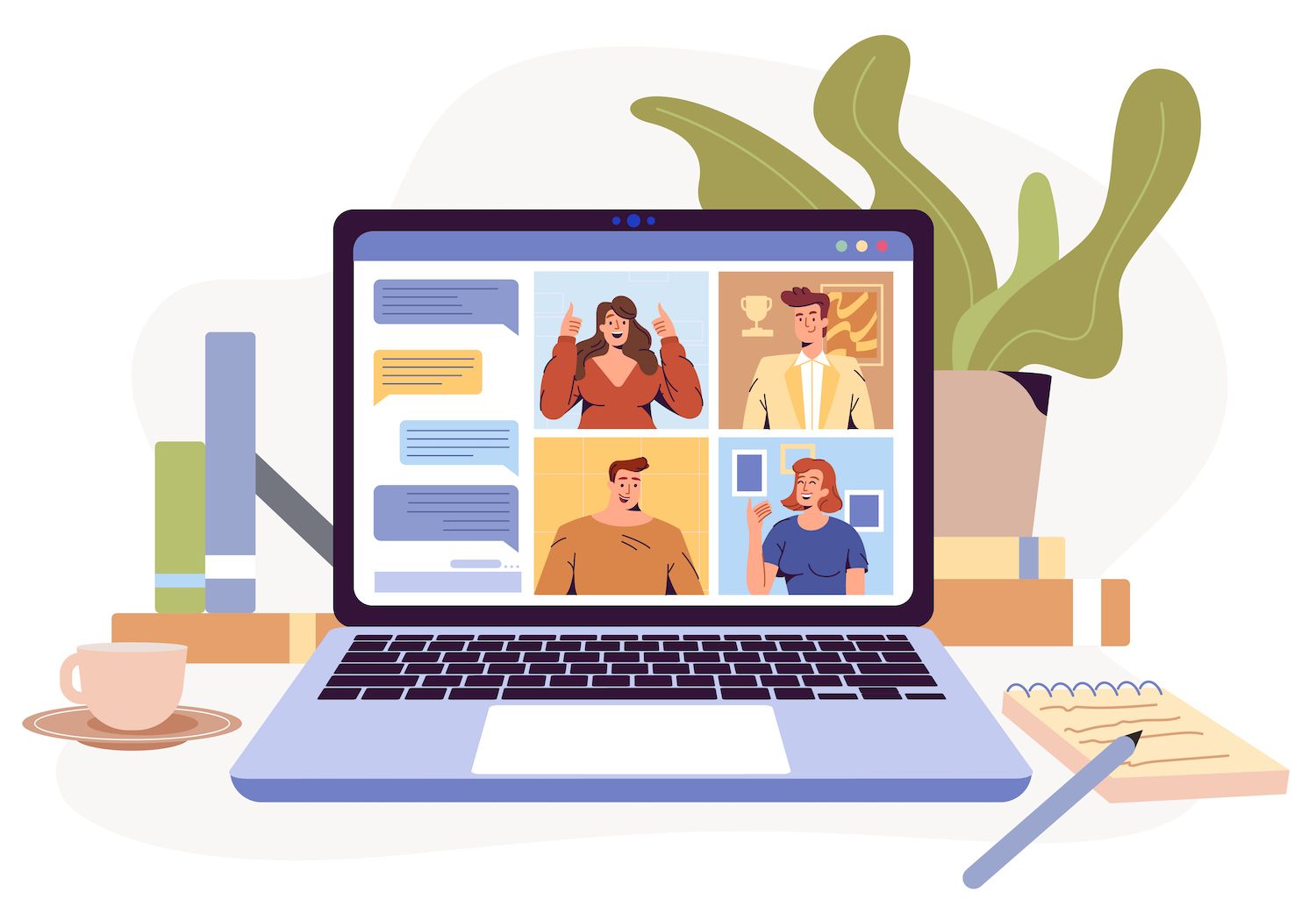
Give your marketing team the tools to succeed
Through omnichannel marketing, you team will be able to increase their effectiveness by customizing campaigns based on consumer behavior.
And if you employ sales staff, they'll be much better at engaging each customer individually by having access to data showing previous purchases and interactions, email messages and clicks, shares, reviews, as well as other details that result from the Omnichannel Experience.
Update your ad strategy based on your KPIs. (KPIs)
When you have reviewed the results of your omnichannel marketing campaign You can make changes to your plan. Most companies will find that ad campaigns with low CPAs as well as high ROIs ought to be awarded additional advertising and campaigns that have large CPAs as well as low ROIs must be retired. However, you might have additional metrics of performance that are crucial for your business.
If you're running ads that aren't generating direct sales but that regularly coincide with greater organic search traffic or leads It could indicate that the advertising is extremely effective in engaging with shoppers in the beginning stages of the customer journey.
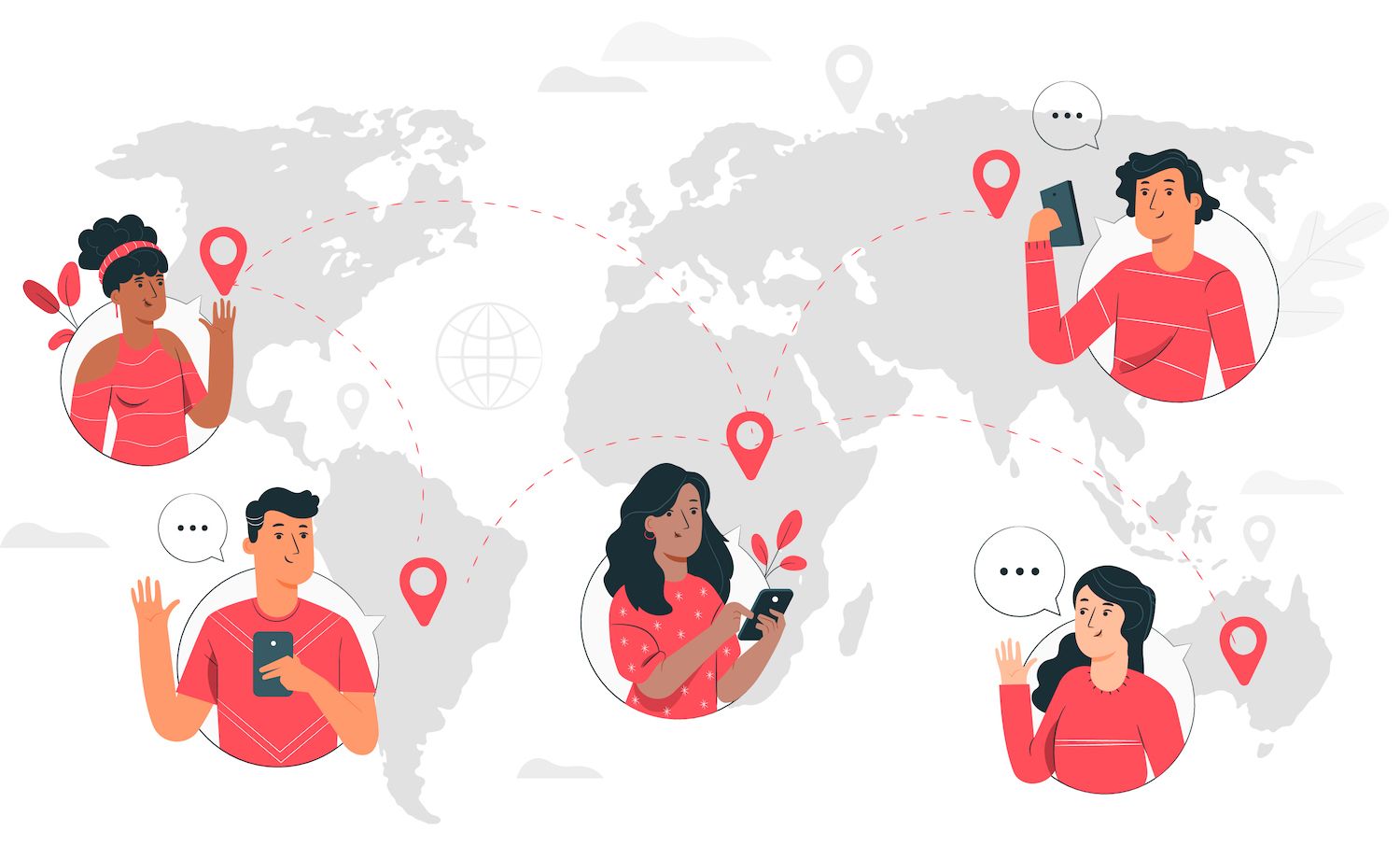
Experiment with turning certain underperforming ads on and off for periods of time to test if they've an impact on other metrics.
For customer retention and loyalty programs, if you find that not many customers take benefits of rewards points or aren't redeeming some coupons, it's possible to look at tweaking your promotion or adjusting the number of points needed to redeem. If one method of your omnichannel strategy is ineffective doesn't mean it isn't able to be upgraded in order to increase revenue for your company.
Let your business expand
By being strategic in selecting your marketing platforms and marketing automation tools, creating sustainable and reuseable creative assets and constantly reviewing and adjusting your multichannel marketing plan based on performance, you will increase your revenues.
Like anything worthwhile, it'll need time to perfect. By starting out with just some channels for marketing then expanding upon the information you've gathered from prior efforts, you'll create solid long-term omnichannel marketing strategies that work to build revenue to your business.
